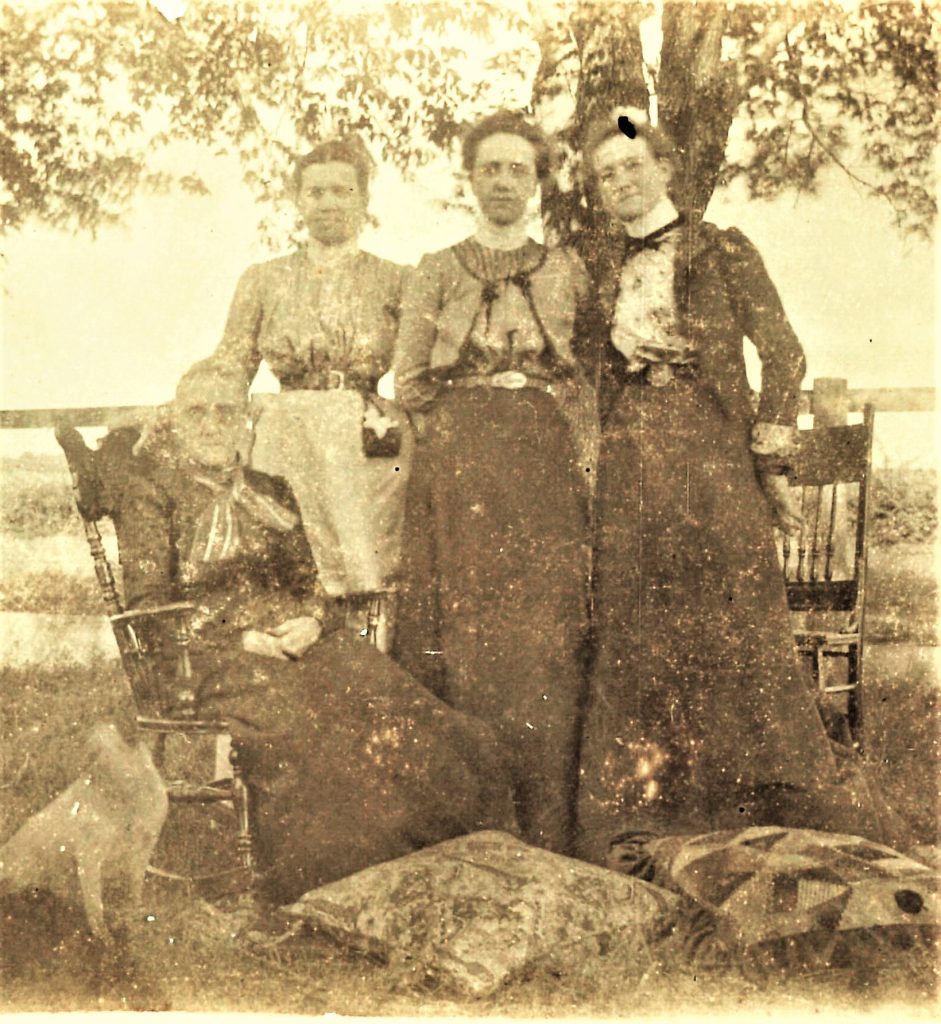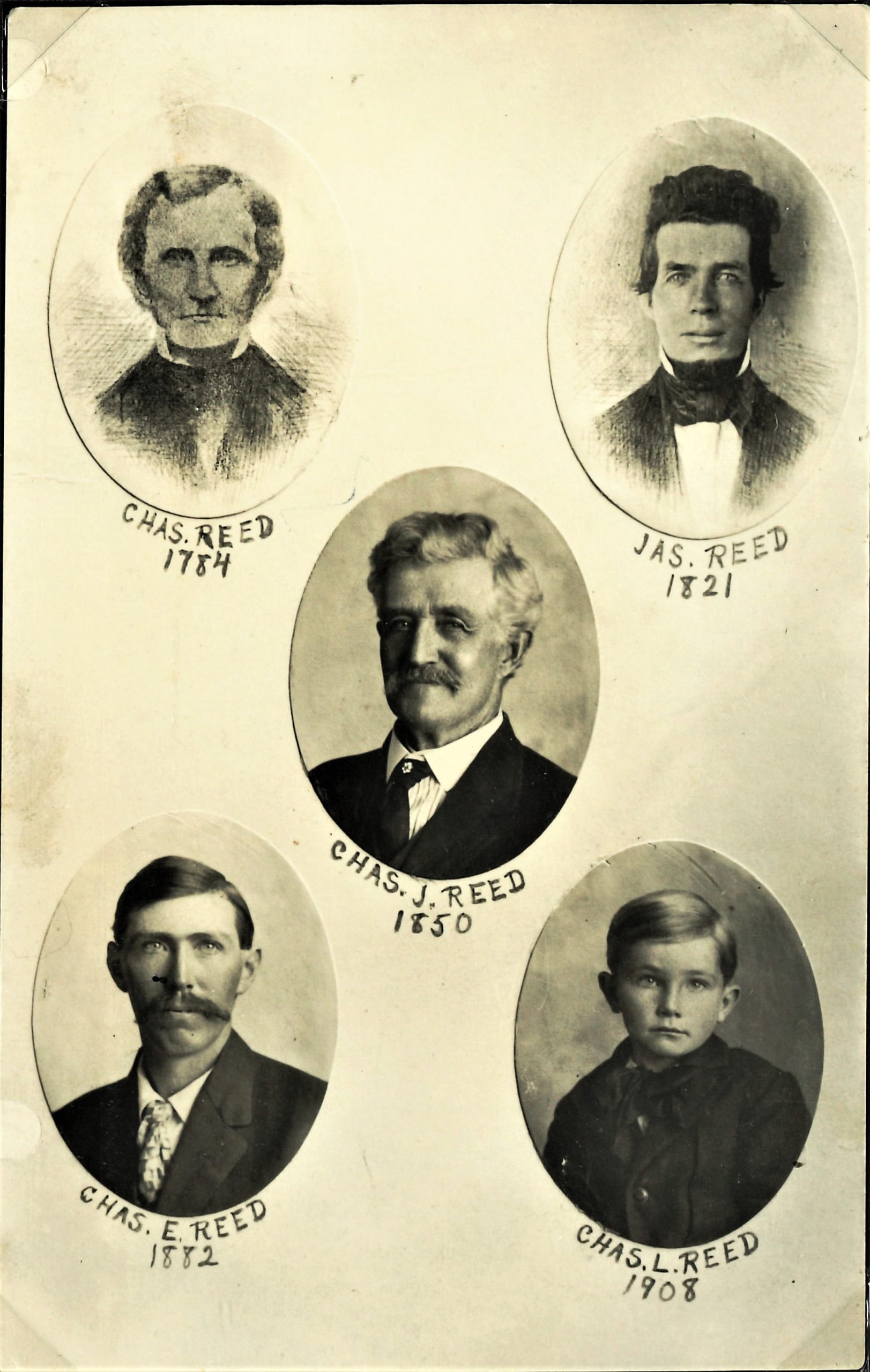The Manhattan massacre, early Jackson Township

By Sandy Vasko
Today we go back to a time when Native Americans still rode the prairies of what was to become Will County, and when a very few white settlers had come to live among them, although with a great amount of trepidation.
Chicago was laid out on August 4th, 1830. Six months later, the first white settlement at Reed’s Grove in Jackson Township received its first permanent inhabitant. Charles Reed settled near a grove on the prairie in early 1831. That particular grove was also a favorite place for the local Pottawatomie. Along with him came his married daughters and their families, the Shoemakers and the Koons. The Shoemakers are considered the first white inhabitants of Wilmington Township.
By the spring of 1832, a few more white people had trickled into the area, but all were on friendly relations with the local natives. But in the northwestern part of the state a Fox/Sauk warrior named Black Hawk was on the war path. Although the local Pottawattamie had always been friendly, the whites became fearful that they, too, would turn violent.
In May, news reached Reed’s Grove that 17 people in Bureau County had been killed, and two young women taken hostage; a meeting was immediately called. It was decided to evacuate to the Wabash River. Most of the settlers had come from that region and had never encountered any Indians at that place. Accordingly, about 20 wagons gathered at Five Mile Grove (now the village of Manhattan) for the trip.
Let’s turn to George Woodruff’s account in his “History of Will County, 1878”: “At about the time fixed for their departure they were joined by some parties who reported the Indians approaching. This precipitated their flight, and great confusion prevailed. It had been intended to take the cattle and all of their household goods; but so great was their hurry that everything of the kind was left behind.
“After traveling some miles, finding that they were not pursued, two of the men determined to return and bring forward the stock which had been left behind. However, when they came to the settlement no stock could be found, all having wandered off into the woods.
“One of the men then bethought him of a bag of maple sugar which had but recently been manufactured from the sap of trees which grew here. Throwing this across his horse, he, with his companion, set out to overtake the main party. They had traveled but a few miles when they perceived, at a distance, two real Indians rapidly following them. They very naturally conjectured that these were only scouts of a large party of human butchers, and put spurs to their horses. On looking back, they found that the Indians were pursuing them rapidly. The bag of sugar was a real burden and difficult to carry, so it was allowed to slip to the ground.
“Thus relieved, horses and riders dashed forward with increased rapidity. Indians are notoriously fond of sugar, and this was quite a prize, and, as they stopped to examine, taste and eat, the pursued parties left their would-be captors far behind. As they came up with their friends, they were just crossing the Kankakee. As soon as the report that they were being pursued had spread to the company, confusion was worse than confounded, and the alarm vented itself in the shrieks of the women, the cries of the children and the curses of the men, mingled with the bellowing of the sharply goaded oxen.
“The relation of such incidents, at this date, causes no little merriment, but at the time of their occurrence were very serious indeed. Even those who were participants tell the story of “Five-Mile Massacre,” and laugh heartily; though it is said that the hero of the bag of sugar was ever afterward quite sensitive on that point, and, although a man of piety, no man could say “sugar” to him without running great risk of being knocked down.
“On the evening of the second day, having found that the last incident related was only a scare from some friendly Pottawatomies, the party halted, and it was proposed to have supper and a night’s rest. But here, again, were enacted the scenes of the crossing of the Kankakee. Just as the fires had begun to blaze, preparatory to cooking the much-needed meal, a horseman galloped into camp and stopped just long enough to say that the Indians were after them in earnest.
“After several days more of travel, during which they received no further alarms, they reached Danville, whence they learned troops had been sent to take care of the savages, and all fear and anxiety were at an end. Most of the former residents of this neighborhood returned. They found the most of
their cattle and hogs, and their crops were unmolested.
“The cows, however, ‘had gone dry,’ and the corn was sadly in need of cultivation. The greater part of the bag of sugar was restored by the hand of one of the friendly red men, who had only pursued them to inform them that there was not the least danger.”

Charles Reed, top left, and the succeeding generations of Reeds in Will County.
